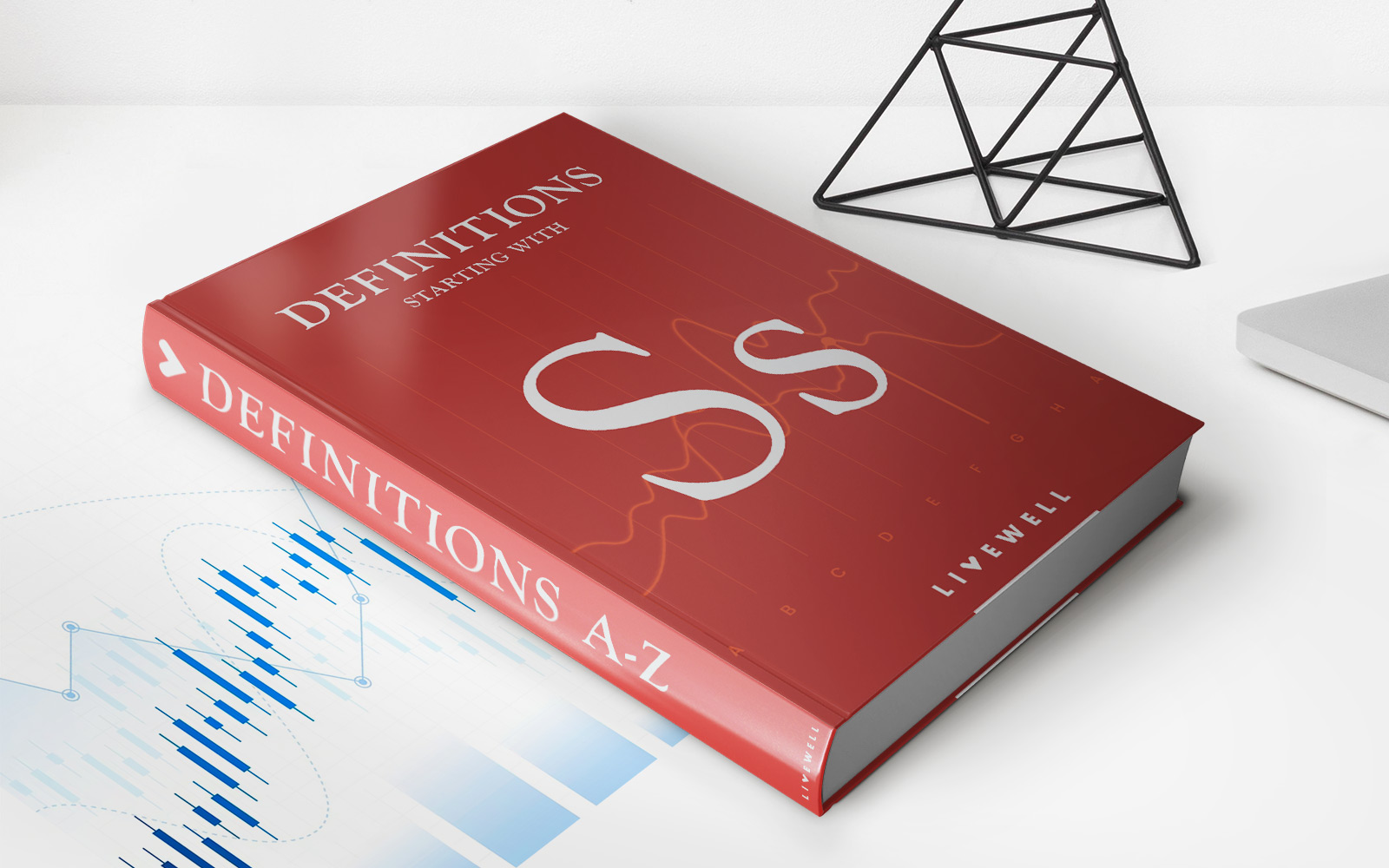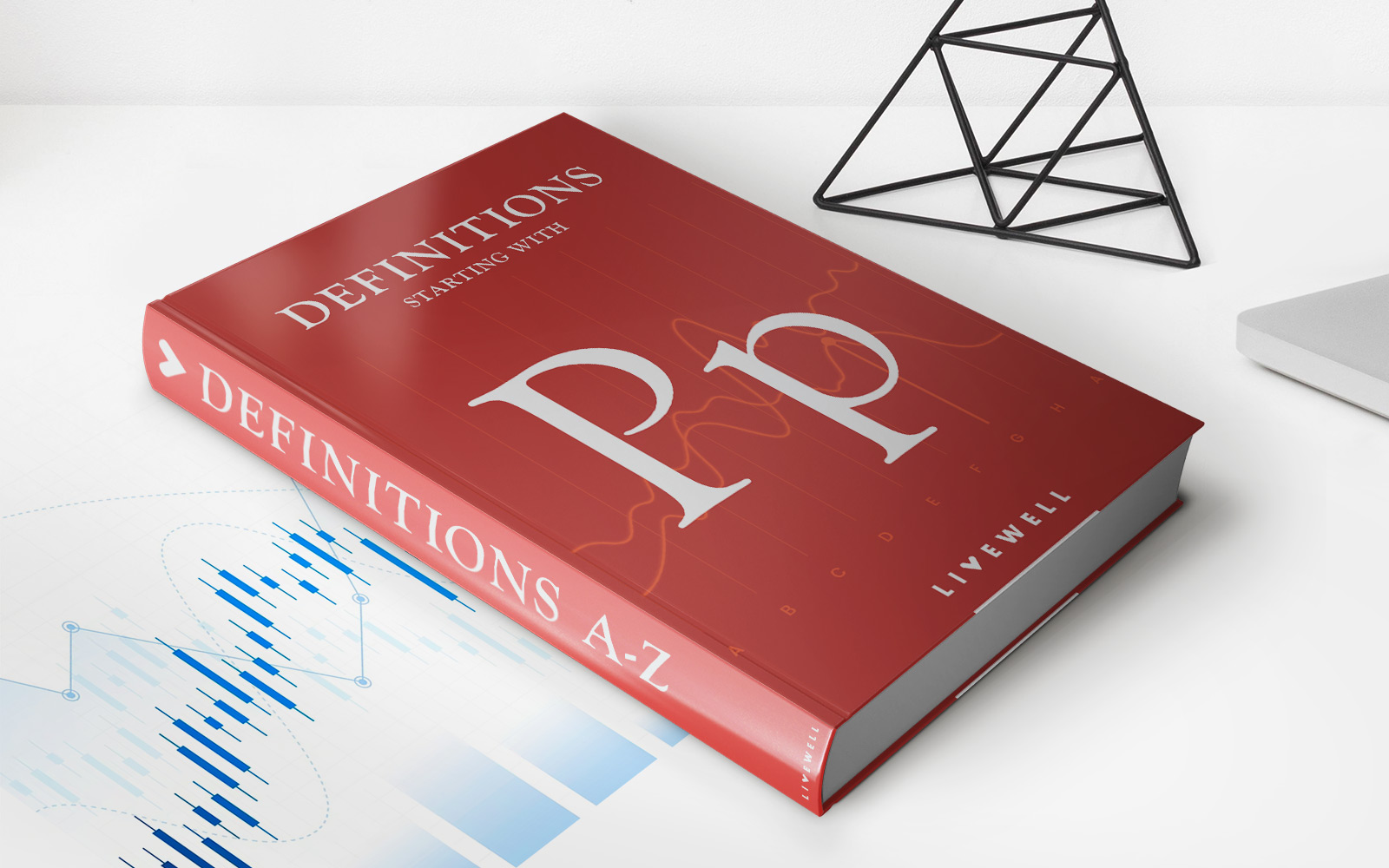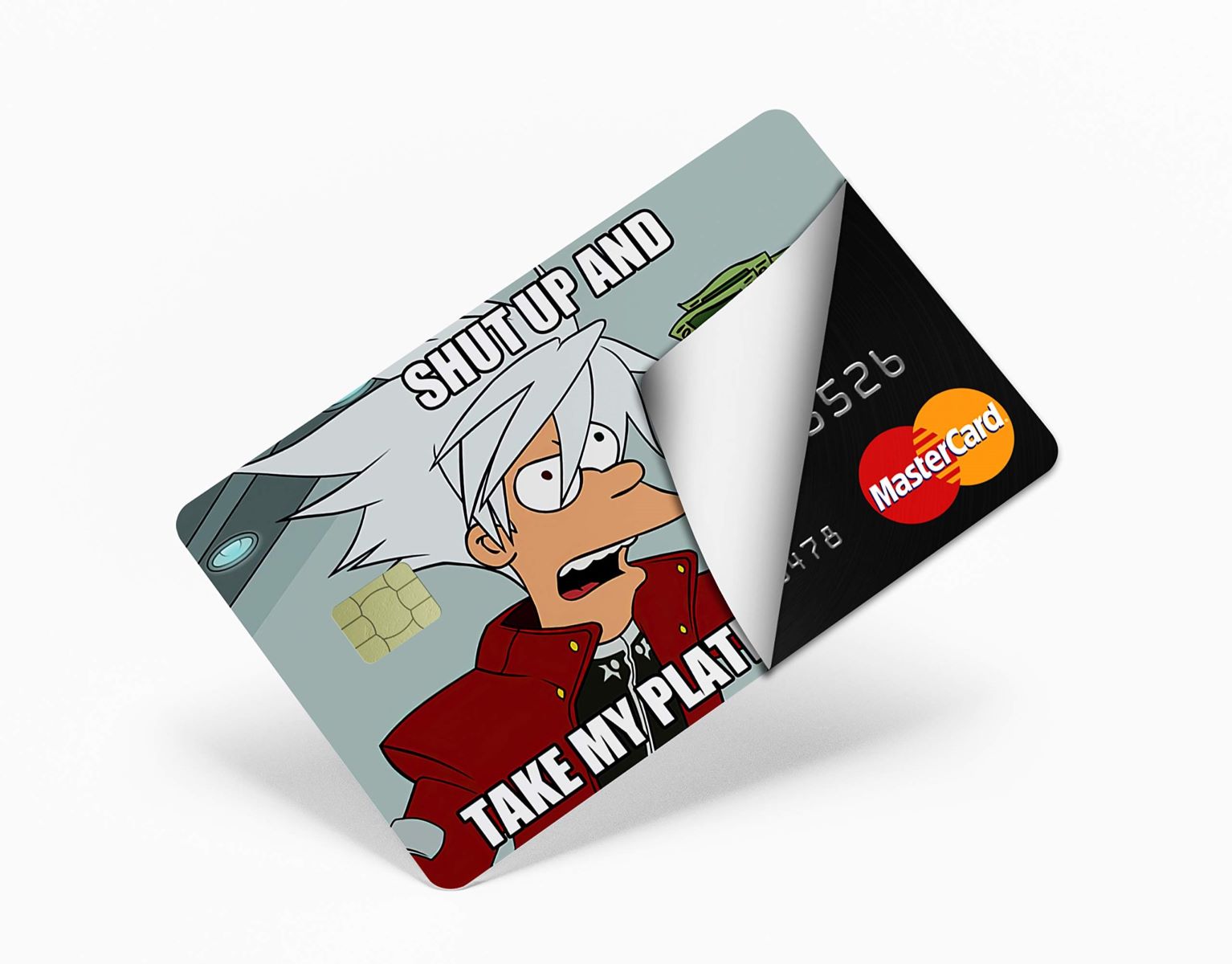

Finance
What Happens If I Cancel National Debt Relief
Published: December 21, 2023
Find out what happens if you cancel National Debt Relief and how it may affect your finances. Learn more about managing your finances and debt.
(Many of the links in this article redirect to a specific reviewed product. Your purchase of these products through affiliate links helps to generate commission for LiveWell, at no extra cost. Learn more)
Table of Contents
Introduction
Dealing with debt can be overwhelming and stressful. Many individuals turn to debt relief programs as a means to manage their financial obligations and regain control of their lives. One such program is National Debt Relief, which aims to assist individuals in reducing their debt burden and achieving financial stability. However, there may be instances where you find yourself questioning whether cancelling your participation in National Debt Relief is the right decision.
In this article, we will explore what happens if you cancel National Debt Relief and the potential consequences of such a decision. We will also discuss alternative options to help you make an informed choice that aligns with your financial goals and circumstances.
It is important to remember that every financial situation is unique, and what works for one person may not be applicable to another. Therefore, it is always recommended to consult with a qualified financial advisor or debt counselor before making any decisions regarding debt relief programs.
Now, let’s delve into the world of National Debt Relief and explore the implications of cancelling this debt relief program.
Understanding National Debt Relief
Before discussing the process and consequences of cancelling National Debt Relief, it is essential to have a clear understanding of what this program entails.
National Debt Relief is a reputable debt settlement company that assists individuals in resolving their outstanding debts. The program operates by negotiating with creditors on behalf of its clients to reduce the overall debt amount owed. This can lead to substantial savings and a faster path to debt freedom.
When you enroll in National Debt Relief, you typically make monthly deposits into a dedicated account. These funds accumulate until there is a sufficient amount to negotiate settlements with your creditors. The negotiations aim to reduce the outstanding balance, typically resulting in a lower total repayment amount.
One key advantage of National Debt Relief is that it may help individuals avoid bankruptcy. By providing an alternative solution to repaying debts, it offers a structured and personalized approach to regaining financial control.
It is important to note that National Debt Relief primarily focuses on unsecured debts, such as credit card debts, medical bills, and personal loans. It may not be suitable for secured debts, such as mortgage loans or auto loans, which require specific alternatives to address the repayment.
Now that we have a basic understanding of National Debt Relief, let’s explore the process of cancelling this debt relief program and the potential consequences associated with it.
The Process of Cancelling National Debt Relief
If you decide to cancel your participation in National Debt Relief, there are specific steps you will need to follow. It is crucial to be aware of the process and to understand any implications it may have on your financial situation.
Here is a breakdown of the typical process for cancelling National Debt Relief:
- Contact National Debt Relief: The first step is to reach out to National Debt Relief directly. You can do this by contacting their customer service department, either over the phone or through email. Inform them of your decision to cancel and request guidance on the necessary procedures.
- Review the terms of your agreement: It is essential to carefully review the terms of your agreement with National Debt Relief. Understanding the cancellation policy and any potential fees or penalties will help you navigate the process smoothly.
- Notify your creditors: Once you have officially cancelled National Debt Relief, it is important to inform your creditors about the change. Notify them that you are no longer part of a debt relief program and will be handling your repayments directly.
- Assess your financial situation: After cancelling National Debt Relief, take the time to reassess your financial situation. Evaluate your budget, income, and expenses to determine the most effective strategy for repaying your debts.
- Consider alternative debt relief options: If you still require assistance with managing your debts, consider exploring alternative debt relief options. This could include working with a credit counseling agency, debt consolidation loan, or debt management program. Research and compare these options to find the one that best suits your needs.
It is important to note that cancelling National Debt Relief does not automatically remove your debts. You are still responsible for repaying your outstanding balances to your creditors. By cancelling the program, you are essentially taking back control of your debt repayment process and exploring other avenues for managing your financial obligations.
Now that we have covered the process of cancelling National Debt Relief, let’s explore the potential consequences that may arise from this decision.
Potential Consequences of Cancelling National Debt Relief
Cancelling National Debt Relief may have several potential consequences that you should be aware of before making a decision. These consequences can impact your financial situation and debt repayment strategy. Here are some potential outcomes:
- Loss of negotiated settlements: If you cancel National Debt Relief, it is crucial to understand that any negotiated settlements that were in progress may be lost. This means you may lose the potential savings that were previously negotiated with your creditors.
- Potential for increased interest and fees: Without the assistance of National Debt Relief, your creditors may charge you with additional interest and fees. This can lead to an increase in your overall debt amount, making it more challenging to repay.
- Reinstatement of collection efforts: Once you cancel National Debt Relief, your creditors may resume their collection efforts. This can include aggressive phone calls, demand letters, or even legal action. It is important to be prepared for potential increased contact and engagement with your creditors.
- Impact on credit score: Participating in National Debt Relief can have a temporary negative impact on your credit score. Cancelling the program may not immediately improve your credit score, as the history of missed or reduced payments may still be reflected on your credit report.
- Loss of structured repayment plan: National Debt Relief provides a structured repayment plan that helps individuals manage their debts. By cancelling the program, you lose the benefit of this structured approach, which may make it more challenging to stay organized and focused on repaying your debts.
It is crucial to carefully weigh these potential consequences against your financial goals and circumstances. Consider consulting with a financial advisor or debt counselor to evaluate the specific implications of cancelling National Debt Relief in your situation.
Now that we have discussed the potential consequences, let’s explore alternative options that you can consider if you decide to cancel National Debt Relief.
Alternatives to Cancelling National Debt Relief
If you are considering cancelling National Debt Relief but still require assistance with managing your debts, there are alternative options available. These alternatives can help you navigate your financial situation and work towards becoming debt-free. Here are a few alternatives to consider:
- Credit Counseling: Working with a reputable credit counseling agency can provide you with valuable guidance and support. Credit counselors can help you create a budget, negotiate with creditors, and develop a personalized debt repayment plan.
- Debt Consolidation Loan: If you have multiple debts with high-interest rates, consolidating them into a single loan may be beneficial. A debt consolidation loan allows you to pay off your existing debts and replace them with a single, more manageable monthly payment.
- Debt Management Program: A debt management program is a structured repayment plan managed by a credit counseling agency. They work with your creditors to negotiate reduced interest rates and lower monthly payments, helping you pay off your debts over time.
- Negotiating with Creditors: You can take the initiative to negotiate directly with your creditors. Explain your financial situation and see if they are willing to work out a repayment plan that is more manageable for you. Some creditors may be open to negotiating lower interest rates or forgiving late fees.
- Snowball or Avalanche Method: The snowball method involves paying off your smallest debts first, then using the money you would have allocated to those debts to tackle the larger ones. The avalanche method, on the other hand, prioritizes paying off debts with the highest interest rates first. Both methods can provide a sense of accomplishment and momentum as you work towards becoming debt-free.
It is important to carefully evaluate each alternative and determine which option aligns best with your financial goals and circumstances. Consider consulting with a qualified financial advisor to get personalized advice tailored to your specific situation.
Remember, each individual’s financial journey is unique, and what works for one person may not work for another. Take the time to explore your options, weigh the pros and cons, and make an informed decision that will lead you towards a debt-free future.
Now, let’s wrap up our discussion.
Conclusion
Navigating debt can be a challenging and overwhelming process, and National Debt Relief is one option that many individuals turn to for assistance. However, there may come a time when you consider cancelling your participation in the program. It is important to carefully consider the process and potential consequences before making this decision.
In this article, we discussed what happens if you cancel National Debt Relief and explored the potential consequences. We also highlighted alternative options that you can consider if you decide to cancel, such as credit counseling, debt consolidation, debt management programs, negotiating with creditors, and utilizing debt repayment strategies like the snowball or avalanche method.
Remember, each financial situation is unique, and what works for one person may not work for another. It is crucial to assess your own circumstances and seek guidance from a qualified financial advisor or debt counselor to make an informed choice.
Sometimes, cancelling National Debt Relief may be the right decision for you. Perhaps you want to explore other debt management strategies or reevaluate your financial goals. Whatever the reason, be sure to thoroughly understand the potential consequences and have a clear plan in place for managing your debts moving forward.
Ultimately, the goal is to regain financial stability and work towards becoming debt-free. By carefully evaluating your options and seeking professional advice, you can make the best decision for your financial future.
Remember, managing debt takes time and commitment. Stay focused, stay determined, and take positive steps towards achieving your financial goals. With the right plan and mindset, you can overcome your debt and create a brighter financial future for yourself.














